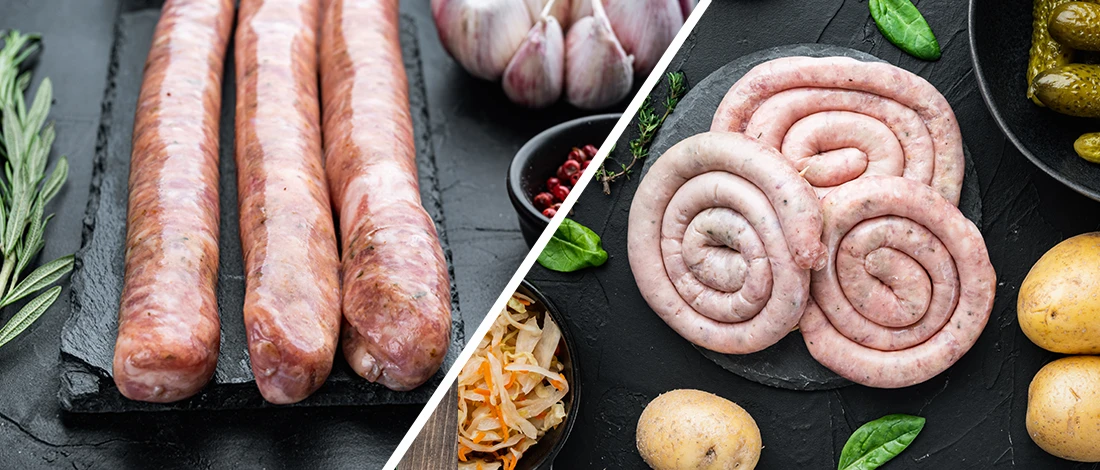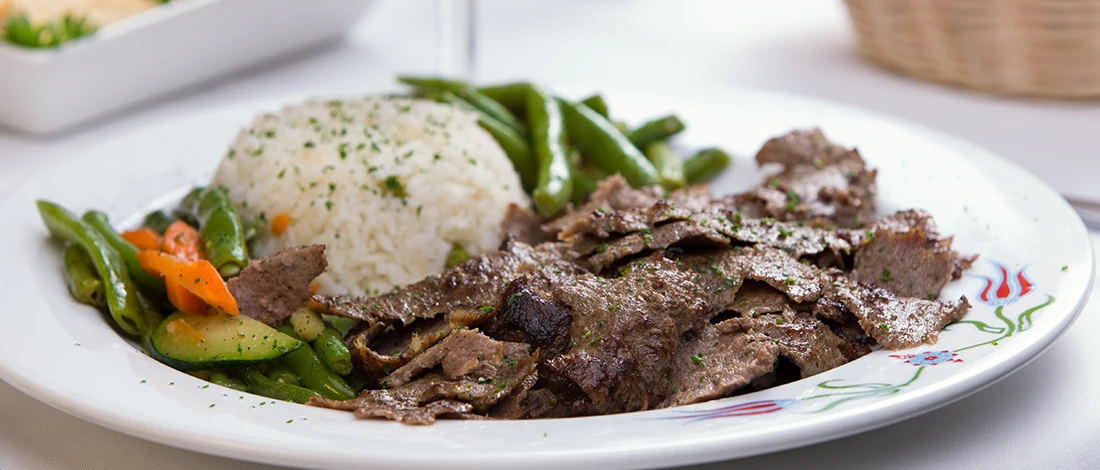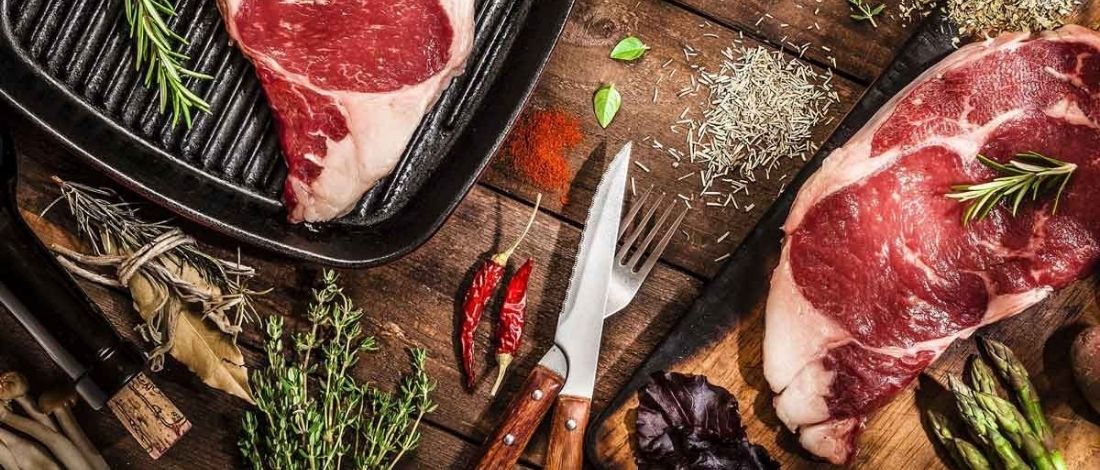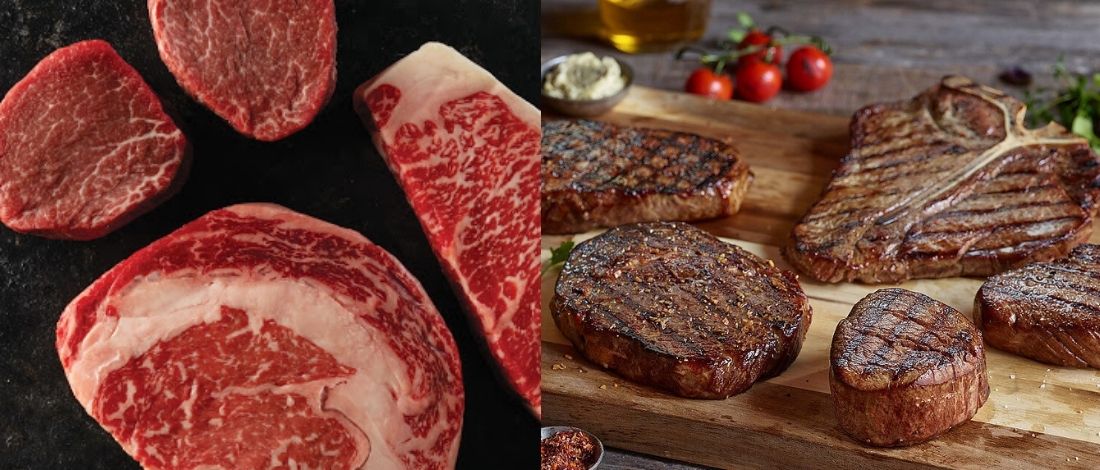As a dedicated carnivore, I’m a huge fan of ham and bacon, although I know they sometimes have a bad reputation for being unhealthy.
I wanted to see if this was entirely true, so I sat down with a friend dietician and read dozens of research papers to get to the bottom of this.
Today I will share my findings about whether ham is healthier than bacon or vice versa.
Let’s get into it.
Quick Summary
- Both ham and bacon are healthy meat options, although they pose several health risks , including colorectal cancer, if not eaten in moderation.
- When it comes to macronutrients, bacon is much lighter in protein and much heavier in fat compared to ham.
- Ham is a better source of potassium than bacon.
Bacon and Ham Health Facts

Ham and bacon are both red and processed types of meat obtained from pork. The distinction is in where the cuts come from on the pig and how the breakfast meat gets cured.
Bacon is obtained from a pig's belly, back, or loin.
It is usually dry-cured in cooler air, smoked, or packaged with a significant amount of salt and wet-cured by immersing it in liquid brine and maple syrup for taste.
Ham is sliced from the rump or thigh of a pig. Fresh, dry, or wet cured ham may be prepared and served with more sugar and less salt.
However, the World Cancer Research Fund (WCRF) has long warned that red and processed meats are a bowel cancer risk due to some cancer-causing chemicals, such as nitrites and nitrates [1].
“For an individual, the risk of developing colorectal cancer because of their consumption of processed meats remains small, but this risk increases with the amount of processed meat consumed.”
- Dr. Kurt Straif, Director of IARC
Other related health implications include higher incidence of heart disease and type 2 diabetes.
WCRF recommends eating ham and bacon in moderation to maintain a healthy diet. That translates to a serving size of no more than 500 g of red meat per week, depending on your eating habits.
Also Read: Pancetta vs Prosciutto
Nutrition Comparison of Ham and Bacon

Bacon has a macronutrient ratio of 0:0:100, and for ham, 25:3:72 for protein, carbs, and fat from calories.
Calories
Ham and bacon are almost perfect food rich in calories. Bacon has 43 calories per slice, and ham has 26 more calories [2] [3].
Carbohydrates
Both bacon and ham are relatively low in carbohydrates, with smoked ham having 1.5 g of net carbs for every 100 g and bacon having none [4].
Saturated Fat
Canadian bacon contains 345% higher saturated fat than ham, with 32 g of saturated fat content for every 100 g versus 7.2 g of saturated fat in ham.
Cholesterol
Ham and bacon have comparable cholesterol levels: bacon contains 97 mg of cholesterol for every 100 g, while ham has 70 mg.
Vitamin A
Regular bacon contains more Vitamin A than ham, with 11 micrograms of Vitamin A for every 100 g, but ham has no significant levels.
Protein
There is no more protein in ham compared to bacon. Bacon contains 37 g of protein for every 100 g, whereas ham contains 21 g [5].
Vitamin D
Ham contains 26 IU of Vitamin D for every 100 g, while bacon has none.
Vitamin E
Bacon and ham have comparable levels of Vitamin E - ham contains 0.27 mg of Vitamin E for every 100 g, and bacon has none.
Vitamins B and C
Higher thiamin, niacin, riboflavin, pantothenic acid, Vitamin B12, and Vitamin B6 are found in ham.
Calcium
Ham contains 900% higher calcium than bacon, with bacon having 1 mg of calcium for every 100 g and ham having 10 mg.
Iron
Ham contains 508% extra iron than bacon. Bacon contains 0.13mg of iron for every 100 g, whereas ham contains 0.79mg of iron.
Potassium
Bacon contains 15 mg of potassium for every 100 g, whereas ham has 311 mg.
Also Read: Low-Potassium Meats
Omega-3 fatty acids
Both ham and bacon have high alpha-linoleic acid levels, an omega-3 fatty acid (ALA).
Omega 6 fatty acids
Regarding omega-6 fatty acids, bacon has far more linoleic acid for every 100 g than ham [6].
Types of Bacon

Bacon comes in various thicknesses and cuts from multiple parts of the pig.
Back bacon is obtained from the pig's loin and is cured. It contains key elements that are beneficial and more meat.
- Streaky bacon is prepared from pig belly, with the 'streaks' referring to the fat that runs through every slice or rasher.
- Uncooked cured bacon strips with a coating of fat are known as pancetta in Italy.
- Cottage bacon is made from very thin slices of pork shoulder chopped into juicy oval patterns.
- Jowl bacon is made from cured and smoked pig cheeks.
- Gammon, popular in the United Kingdom and Ireland, is made from the pig's back leg and is typically 'Wiltshire cured.'
Types Of Ham

The types of ham differ in every country.
- In Italy, cooked or cured ham is known as Prosciutto.
- In France, wet-cured boneless ham is known as Jambon de Paris.
- Parma ham in Italy uses a slight amount of salt and contains sugar and garlic powder to cure it, and it is secured with pig fat to slow the drying process.
- Serrano ham in Spain is made from a white pig.
- Tinned ham, which is popular in the United States, is relatively tiny meat bought in tins containing aspic jelly.
Related Articles:
FAQs
Are Ham and Bacon Healthy?
Yes, ham and bacon are healthy because they are rich in numerous B - complex vitamins essential for good health, particularly for energy homeostasis and brain activity.
What Is The Healthiest Ham to Eat?
The healthiest ham to eat is the all-natural uncured ham which is free of preservatives and has no nitrates or nitrites.
Is Ham Good for Your Heart?
Yes, ham is good for your heart. It contains beneficial nutrients like selenium which are linked to lower rates of heart diseases.
What Can I Eat Instead of Ham?
Instead of ham, you can eat cheese, salmon, and boiled eggs.
Is Bacon Considered Lunch Meat?
No, bacon is not considered lunch meat. Bacon is deli meat because it’s pre-cooked and pre-sliced, like ham.
How Many Calories in Three Strips of Bacon?
There are 161 calories in three slices of bacon. However, the number of calories is significantly higher if you decide to pan-fry it.
Is Bacon or Ham Healthier?
Both ham and bacon are healthy cuts from a pig, providing incredible nutrients to the body.
However, it is difficult to obtain clean and quality ham and bacon from the market nowadays.
That’s why we’ve rounded up the 11 best meat delivery services where you can purchase the best ham and bacon.
Their cuts are non-GMO, clean, and obtained from unadulterated meats, meaning there are no antibiotics and hormones.
References:
- https://www.wcrf.org/latest/news-and-updates/red-and-processed-meat-still-pose-cancer-risk-warn-global-health-experts/
- https://www.healthline.com/nutrition/turkey-bacon#nutrition
- https://www.healthline.com/nutrition/is-ham-healthy#nutrition
- https://www.healthline.com/nutrition/is-ham-healthy#nutrition








